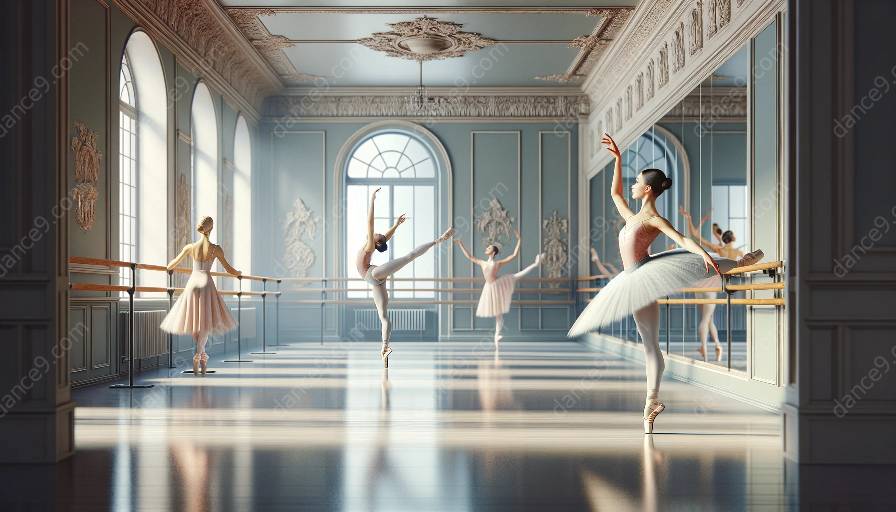Classical ballet is a theatrical art form that relies not only on impressive choreography and skillful performances but also on stunning costumes and captivating stage design. The marriage of all these elements is what brings a ballet performance to life, captivating audiences and transporting them to different worlds.
Historical Relevance
The significance of costumes and stage design in classical ballet extends back through centuries of history. The elegant and elaborate attire worn by dancers in classical ballet has been an integral part of the art form since its inception. During the Renaissance period, in the courts of Europe, majestic masques, ballets, and court entertainments were held, showcasing opulent costumes and extravagant stage designs.
Stage design in classical ballet has also evolved over time, with advancements in technology allowing for more intricate and spectacular backdrops, set pieces, and lighting effects. This evolution has enabled ballet companies to create immersive and visually stunning productions that transport audiences to different eras and fantastical realms.
Ballet Theory and Principles
In classical ballet, costumes and stage design play a pivotal role in conveying narrative, character, and emotion. Each costume is crafted to accentuate the movements of the dancer and evoke a sense of grace and elegance. The colors, textures, and embellishments of the costumes are carefully chosen to enhance the aesthetic appeal of the performance and aid in character portrayal.
Similarly, stage design in classical ballet is meticulously planned to complement the choreography and enhance the overall storytelling. Whether it's a grand ballroom scene or a mystical forest setting, the stage design sets the mood and atmosphere for the audience, creating a visual backdrop that complements the movements of the dancers and sets the scene for the narrative.
Artistry and Symbolism
Costumes and stage design in classical ballet are not just decorative elements; they are powerful tools for communicating symbolism and artistic expression. From the regal tutus of classical ballet to the ethereal flowing skirts of romantic ballet, each costume style carries its own symbolism and aesthetic tradition.
Furthermore, stage design can be laden with symbolism, representing the psychological landscape of the characters or reflecting the themes and motifs of the ballet. Scenic elements such as trees, stars, or architectural features can add depth and meaning to the performance, elevating it to a multi-sensory experience.
Conclusion
In conclusion, costumes and stage design in classical ballet are essential components that enrich the art form and contribute to its timeless allure. Understanding their historical relevance, their significance in ballet theory and principles, and their role in conveying artistry and symbolism provides a deeper appreciation for the intricate beauty of classical ballet as a whole.





























